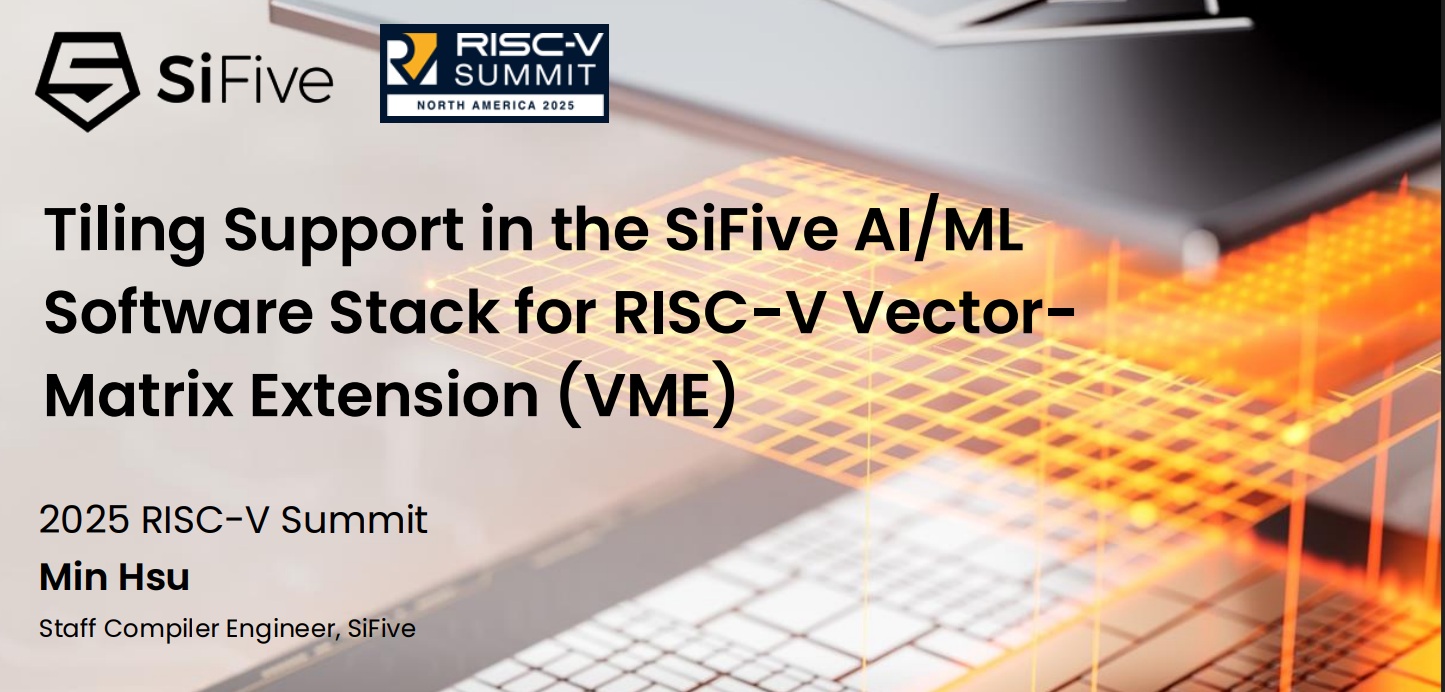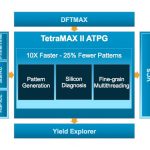At Computex 2016 in Taipei last week, Intel announced their newest lineup of processors which included a brand new 10-core Extreme Edition processor. The focal point of Intel’s new line-up of Broadwell-E processors, the successor to Intel’s previous Haswell-E workstation/enthusiast lineup is the 10-core Core i7-6950X. Intel… Read More
 Revolutionizing Hardware Design Debugging with Time Travel TechnologyIn the semiconductor industry High-Level Synthesis (HLS) and…Read More
Revolutionizing Hardware Design Debugging with Time Travel TechnologyIn the semiconductor industry High-Level Synthesis (HLS) and…Read More Addressing Silent Data Corruption (SDC) with In-System Embedded Deterministic TestingSilent Data Corruption (SDC) represents a critical challenge…Read More
Addressing Silent Data Corruption (SDC) with In-System Embedded Deterministic TestingSilent Data Corruption (SDC) represents a critical challenge…Read More TSMC's 6th ESG AWARD Receives over 5,800 Proposals, Igniting Sustainability PassionTaiwan Semiconductor Manufacturing Company has once again demonstrated…Read More
TSMC's 6th ESG AWARD Receives over 5,800 Proposals, Igniting Sustainability PassionTaiwan Semiconductor Manufacturing Company has once again demonstrated…Read More Tiling Support in SiFive's AI/ML Software Stack for RISC-V Vector-Matrix ExtensionAt the 2025 RISC-V Summit North America, Min…Read More
Tiling Support in SiFive's AI/ML Software Stack for RISC-V Vector-Matrix ExtensionAt the 2025 RISC-V Summit North America, Min…Read More TSMC based 3D Chips: Socionext Achieves Two Successful Tape-Outs in Just Seven Months!Socionext’s recent run of rapid 3D-IC tape-outs is…Read More
TSMC based 3D Chips: Socionext Achieves Two Successful Tape-Outs in Just Seven Months!Socionext’s recent run of rapid 3D-IC tape-outs is…Read MoreEDA Tool for ATPG – Refactor or Rewrite?
In the life of all EDA software tools comes that moment when new requirements make developers stop and ask, should I continue to refactor the existing code or just start all over from scratch using a new approach? Synopsys came to that junction point when ATPG run times were reaching days or even weeks on the largest IC designs, something… Read More
Galaxy S7 and the Ongoing Charging Guessing Game
In the back-and-forth competition between Samsung and Apple, the Galaxy S7 certainly seems to have notched a few wins over the iPhone 6S. Most reviewers feel the Samsung camera is noticeably superior and the overall look and feel is on a par with or better than the Apple product. I want to focus on just one area where Samsung differs… Read More
RISC-V opens for business with SiFive Freedom
When we talk about open source, free usually comes in the context of “freedom”, not as in “free beer”, and open IP often serves as a base layer of value add for commercialization. The creators of the RISC-V instruction set, now working at startup SiFive, have released specifications for their aptly-named Freedom processor IP cores… Read More
How to Bring Coherency to the World of Cache Memory
As the size and complexity of System On Chip design has rapidly expanded in recent years, the need to use cache memory to improve throughput and reduce power has increased as well. Originally, cache memory was used to prevent what was then a single processor from making expensive off chip access for program or data memory. With the… Read More
Mainstream PCB Design Requires a Complete Tool Platform, Too
The EDA tool offerings for printed circuit board design commonly address one of three customer markets: (1) the enterprise design team, (2) the product development engineer, and (3) the “maker”. … Read More
Car Sharing, Ride Hailing on Collision Course
Do car makers know what they are getting themselves into with car sharing? Car companies are lacing up their skates and venturing out on the thin ice of car sharing. General Motors’ Maven, with fledgling efforts in New York City and Ann Arbor, Mich., is the latest incarnation of this movement. The movement is pervasive and growing… Read More
NTSB Entry Raises the Stakes of Tesla Probe
The National Transportation Safety Board’s entry into the investigation of the first fatal crash of a Tesla Model S is a monumental turning point in the autonomous driving movement. While long-time observers of the NTSB note that it only gets involved in investigations where broader implications exist, the agency’s interest… Read More
Hacking Your Way Across the Chasm
Geoffrey Moore’s “Crossing the Chasm” remains one of the most useful and widely read business books within the high-technology business. I say this not only because I spent a decade of my life working with Geoffrey and the rest of The Chasm Group as a consultant, but also because to this day, I have yet to find another book that is so … Read More
When will Intel strike back?
Stocks will likely be flattish on reduced news (KLAM, AMAT, UTEK, INTC, ASML & Hermes). From a Wall St perspective, this year will likely be one of the quietest Semicons in a while as all three major players, AMAT, LRCX & KLAC have no scheduled investor events. … Read More




Quantum Advantage is About the Algorithm, not the Computer